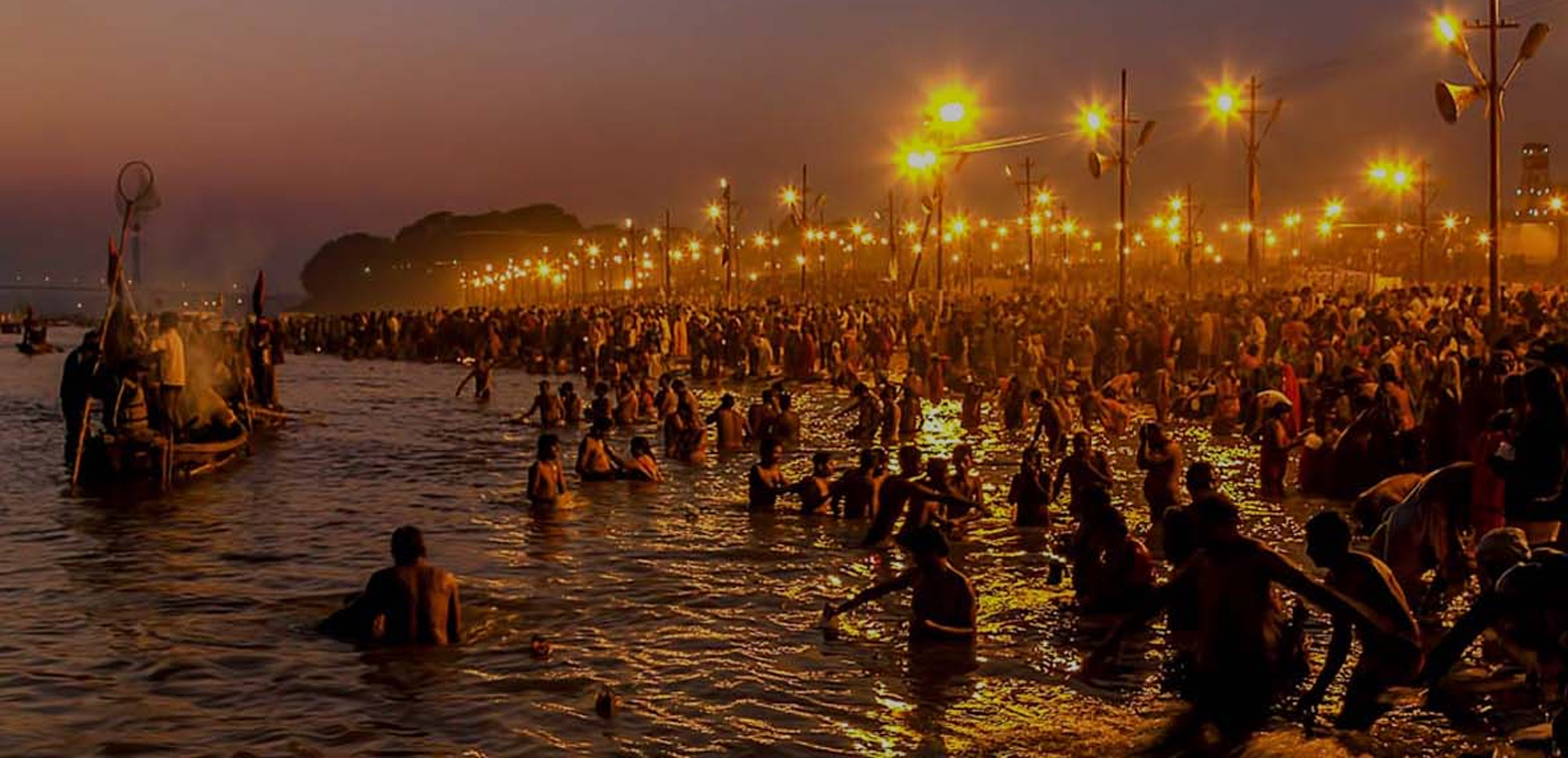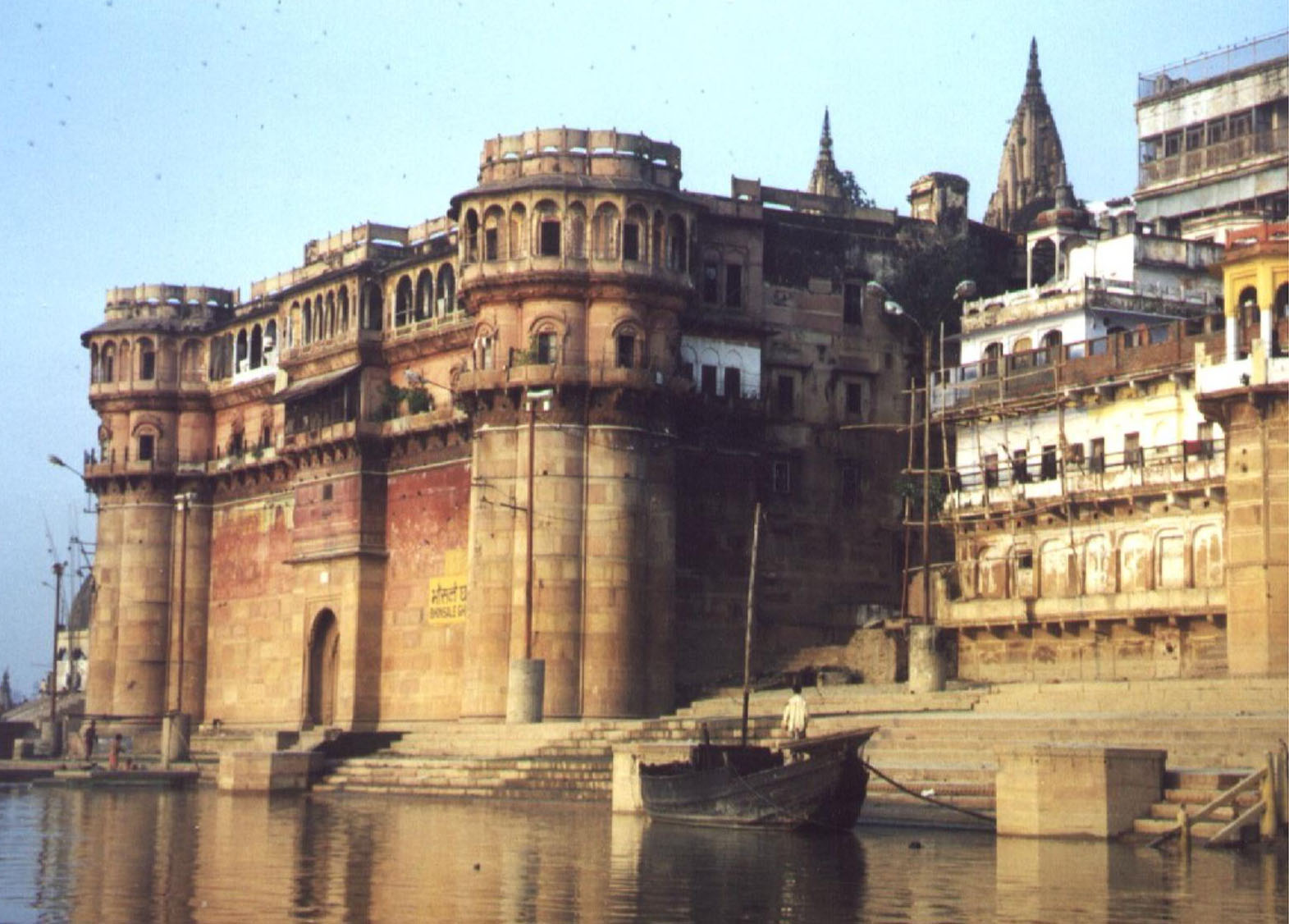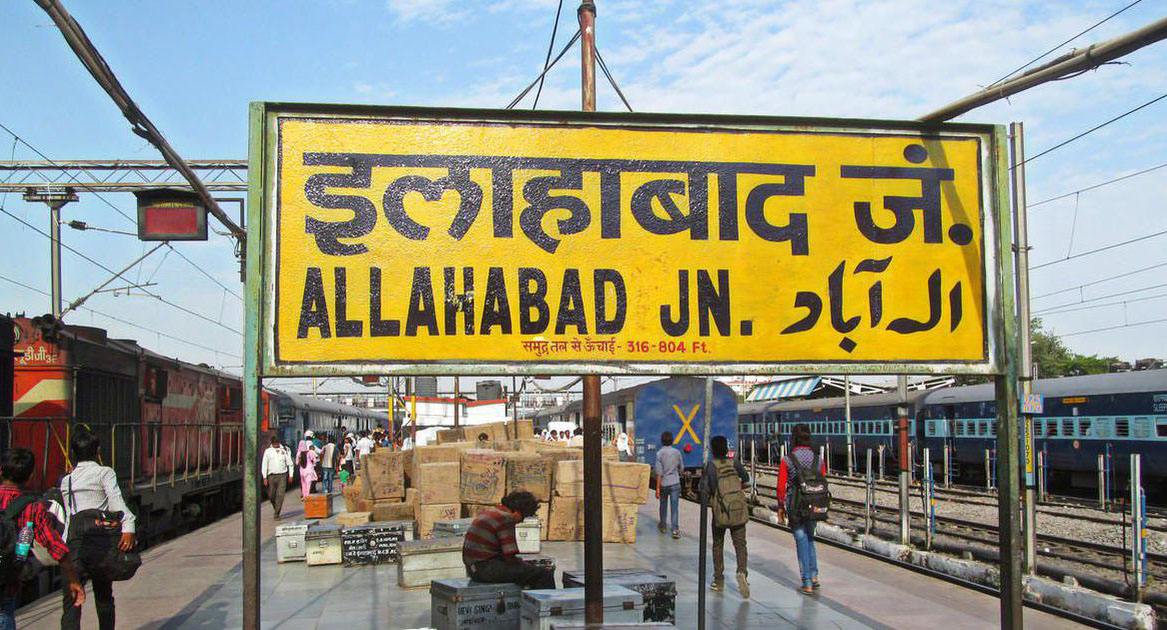Allahabad, mainly known for its urban setting, is referred to as “Prayag” in the Puranic pieces of literature and it is set on the sacred confluence of three great Indian rivers that is Ganga, Yamuna and the mythological Saraswati. It is one of the oldest cities and holiest Hindu pilgrim centers of the country. As stated by Skand Purana, Lord Brahma the creator performed the Prakrishta Yagna here and considered it as ‘Tirth Raj’ or the ‘king of all the pilgrimage centers’. The town also finds remark in several ancient religious manuscripts like Vedas and great epics Ramayana and Mahabharat.

The present-day Allahabad city was founded by Mughal emperor Akbar in 1575. And it became an excellent cantonment during the British and played a meaningful role in India’s freedom struggle. Allahabad was also a major education center and nurtured a number of scholars, poets, writers, thinkers, statesmen, and leaders. A number of fairs and festivals are celebrated here providing an insight into the rich cultural heritage. The Kumbh fair held once in 12 years and it draws the attention of millions of pilgrims.
Notable Landmarks
Triveni Sangam is the meeting junction of the three famous rivers Ganga- Yamuna- Saraswati. The confluence can be reached by boat and one can witness the meeting of the brownish waters of Ganga with the greenish Yamuna, while the legendary Saraswati is said to be underground and invisible. Priests assist devotees to perform puja and ritual ablutions in the shallow waters here.
Allahabad Fort: This imposing fort was built by Emperor Akbar in 1583. on the banks of the holy Sangam. Today is occupied by the armed forces and visitors are allowed access around the Patalpuri Temple and the ‘Akshaya Vat’ tree. Ashoka Pillar is another tourist attraction and this resorted polished 10.6 high pillar, dating back to 232 B.C. is set at the main gate of the fort.

Allahabad Museum: It has a fine collection of sculptures and terracottas dating back to the Gupta Period. The works o Haldar, Sajit Khastgir, Jamini Roy, Nicholas Roerich and Thankas of Tibetan Lamas are also exhibited here.
All Saints Cathedral: This finest Anglican Cathedral in Asia was designed in Gothic style by Sir William Emerson in 1870 and consecrated in 1887. Its impressive marble altar with intricate inlay and stained glasswork are outstanding and remarkable.
Anand Bhawan: It was the ancestral home of the Nehru family and now houses a fine museum, displaying the memorabilia of the Nehru Family.
Hanuman Mandir: The temple near the Sangam, enshrines a unique image of Lord Hanuman, in a reclining posture.
Other attractions are – Allahabad University, Jawahar Planetarium, Khusro Bagh, Mankameshwar Temple, Public Library, Shankar Viman Mandapam, Swaraj Bhawan, etc.

Reaching There:
Airport- Varanasi (147 kms.) and Lucknow (210 kms.)
Railhead- Well connected.
Road- It lies on NH2 and NH27.


